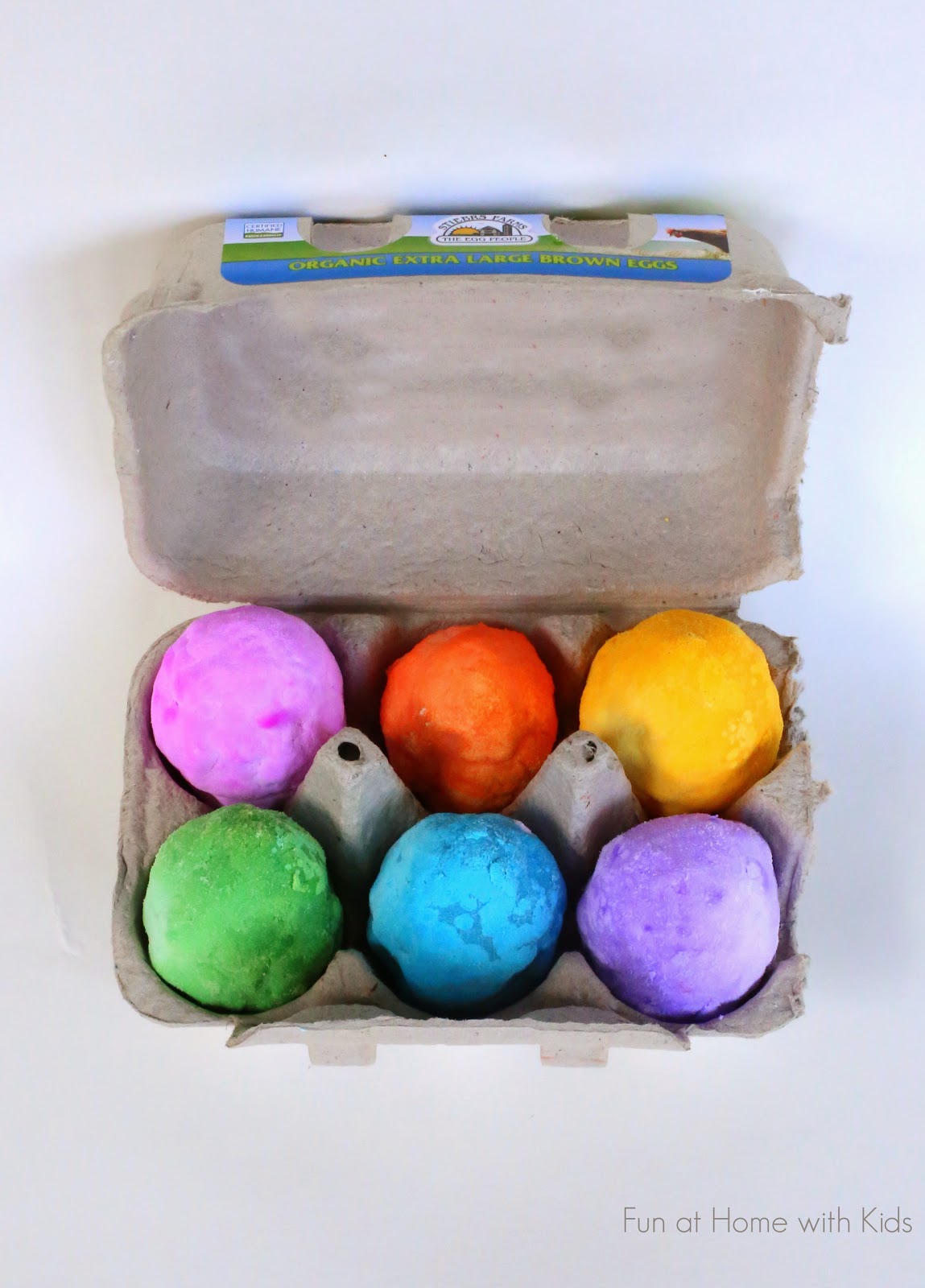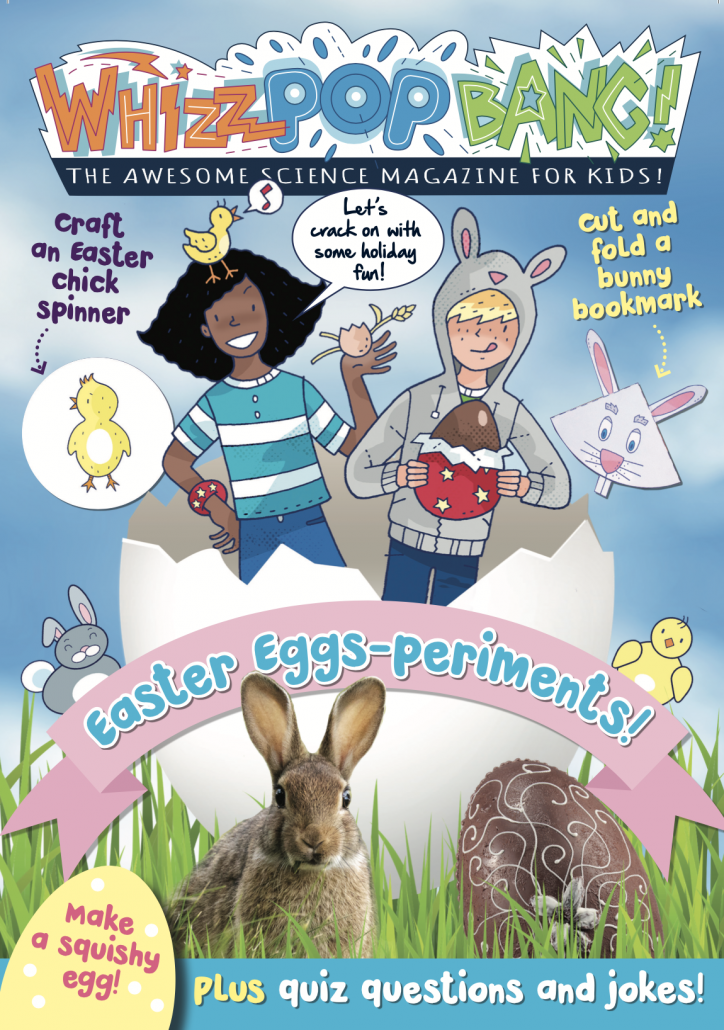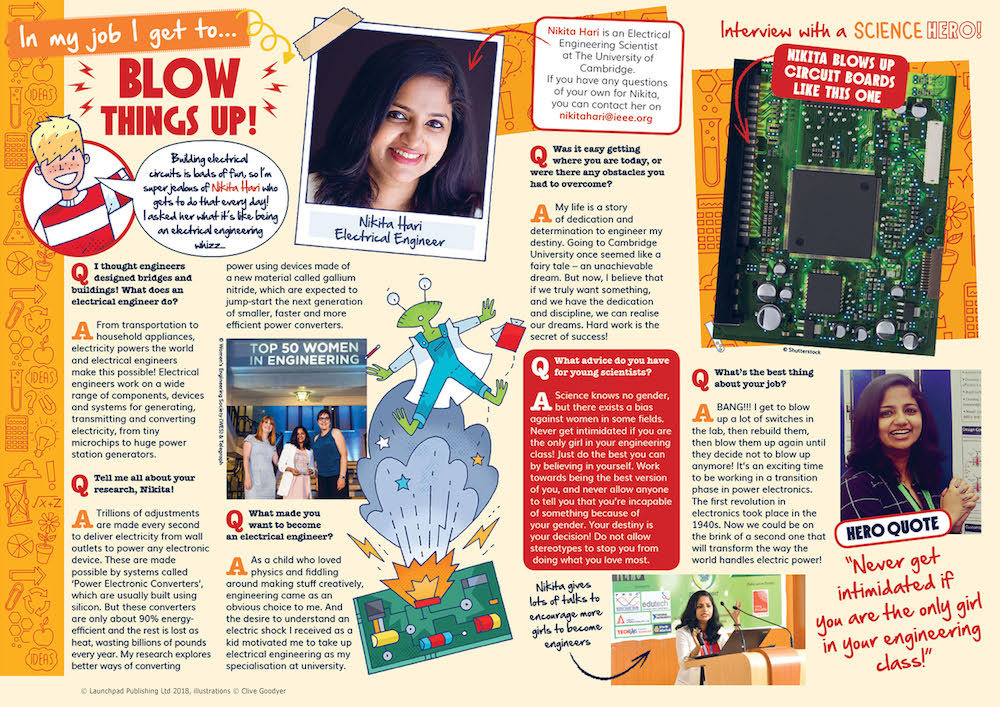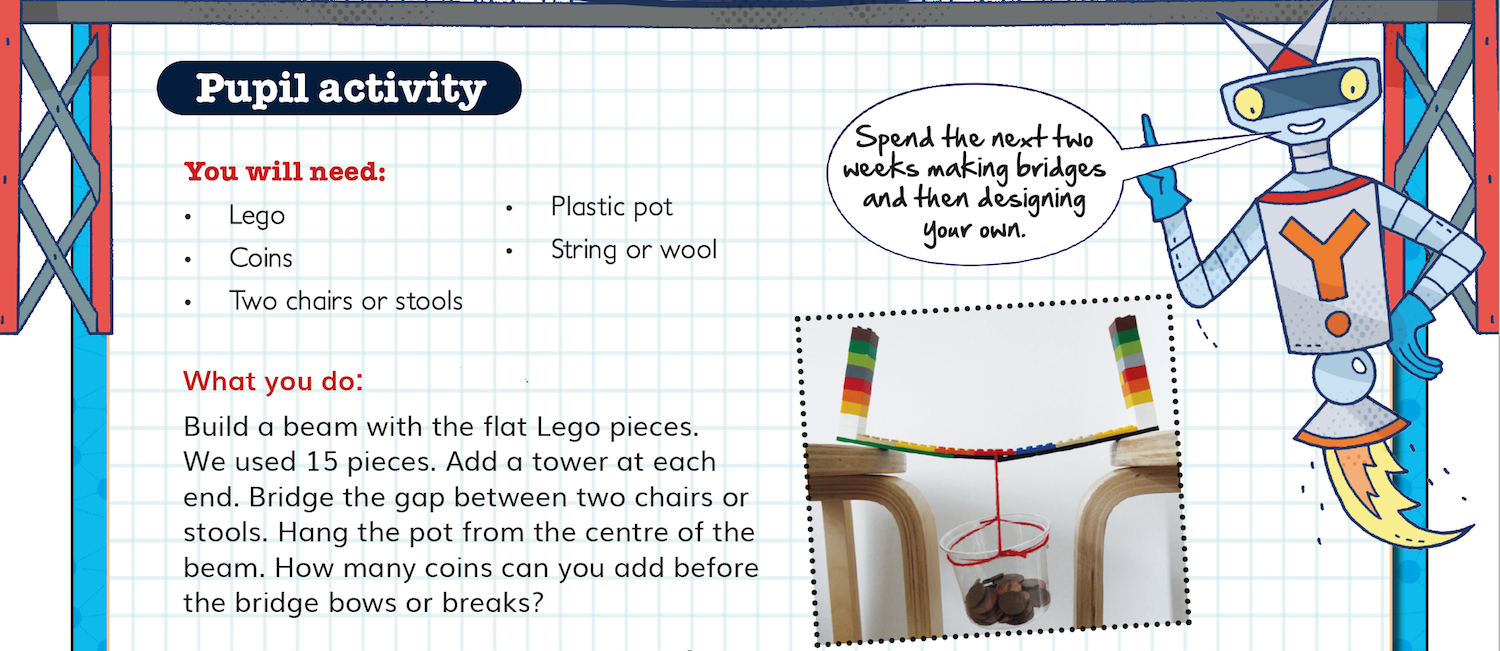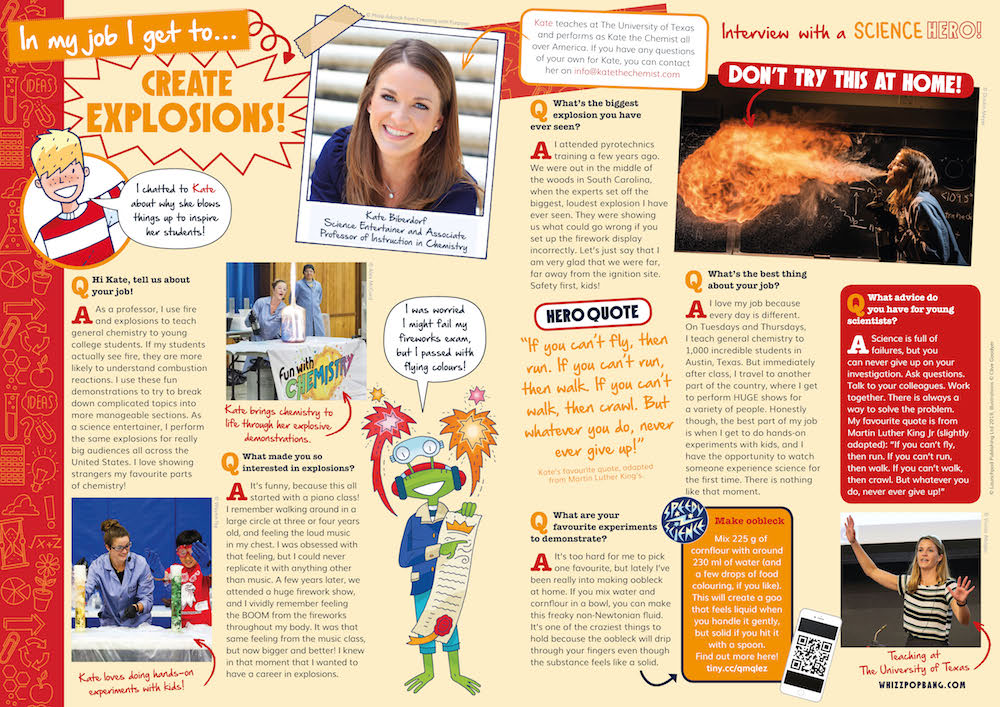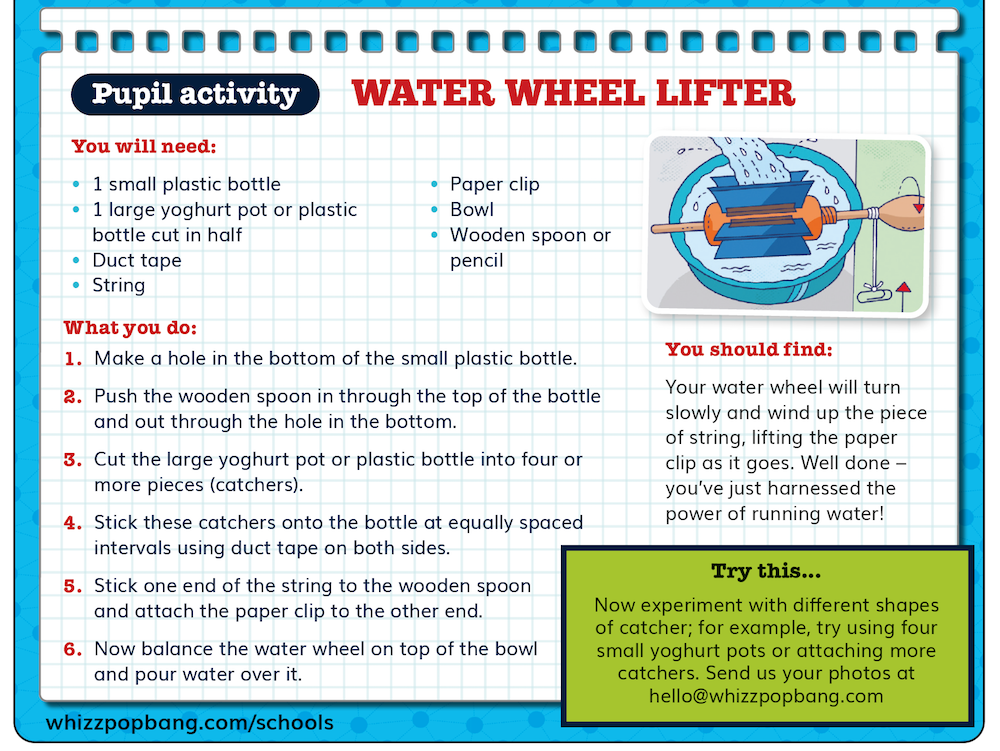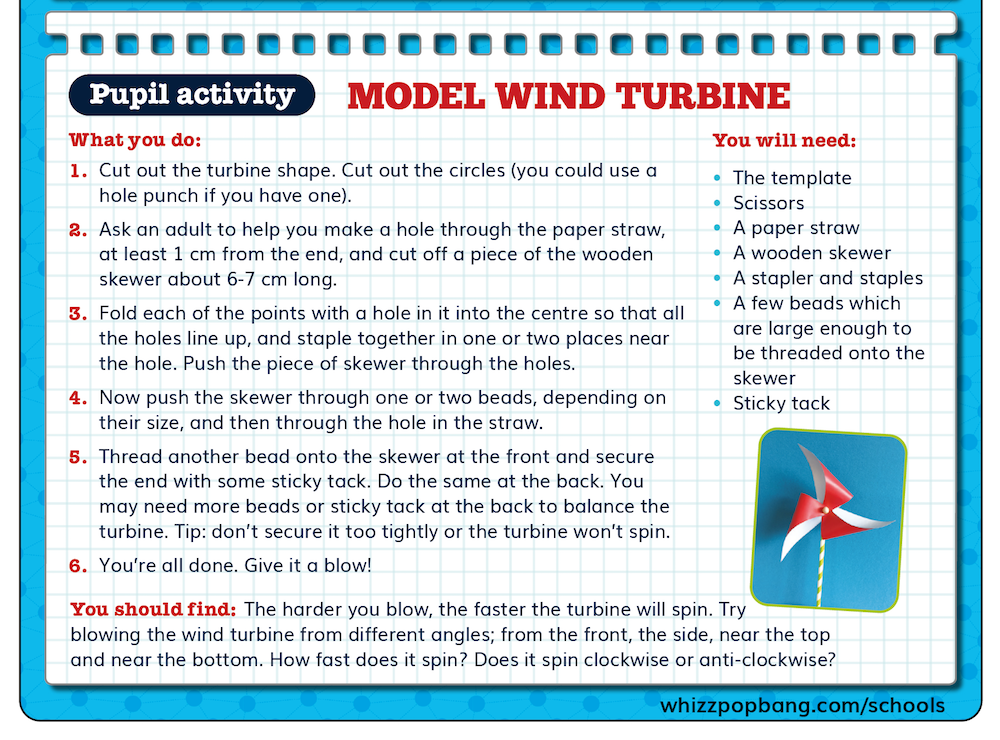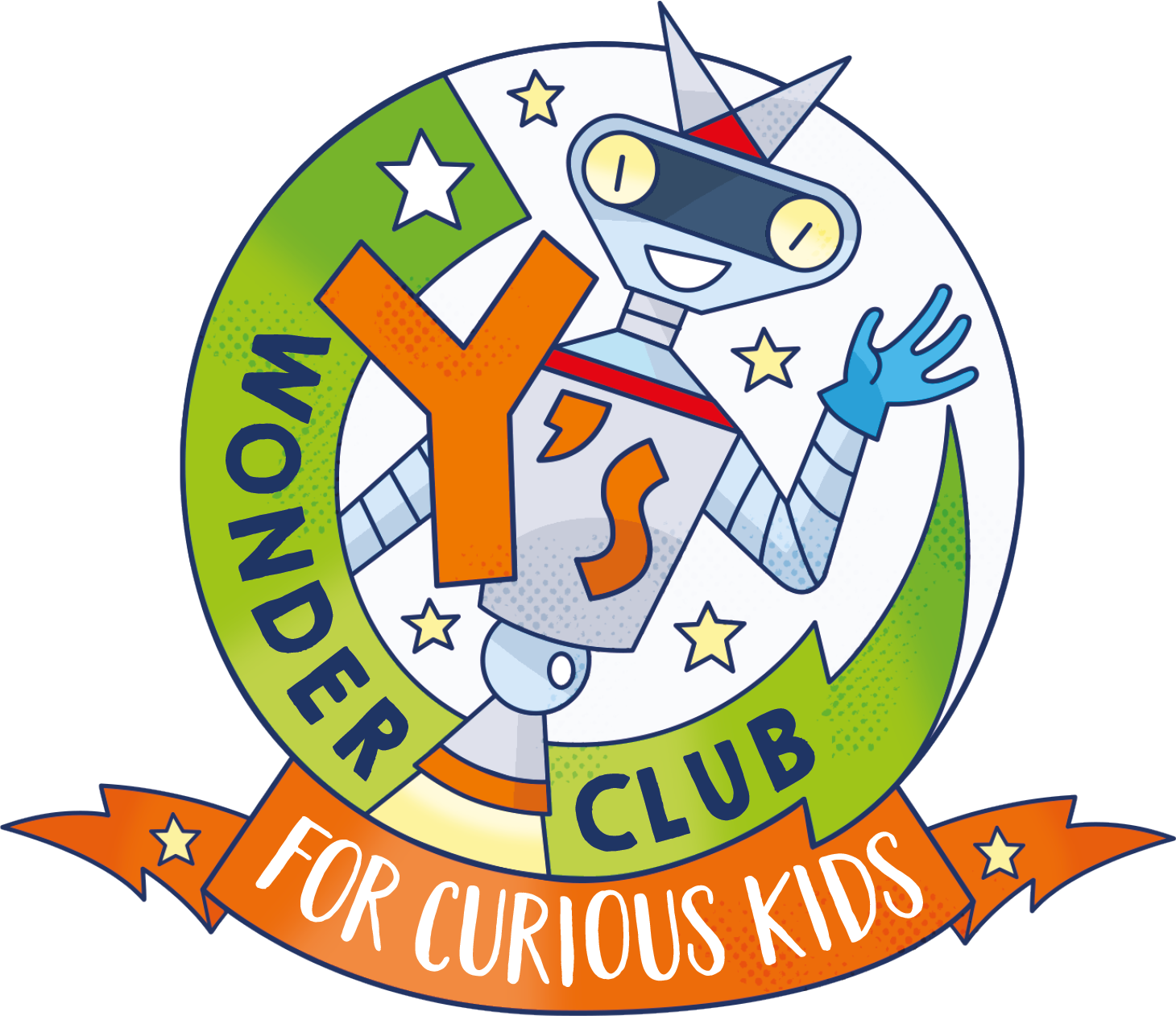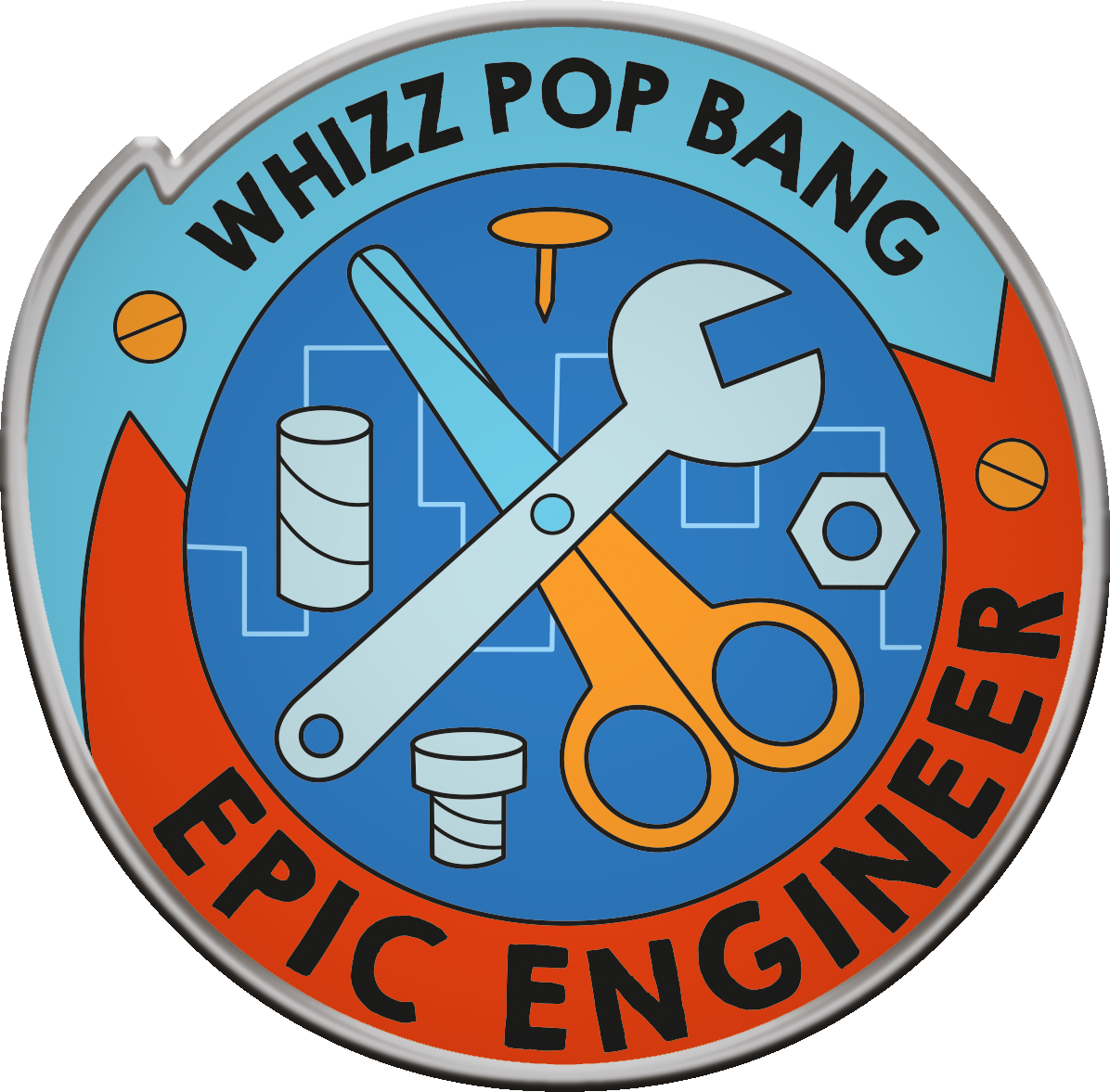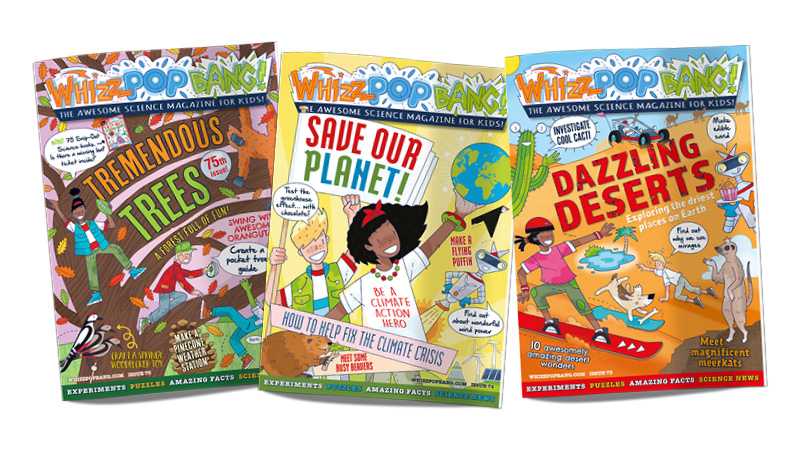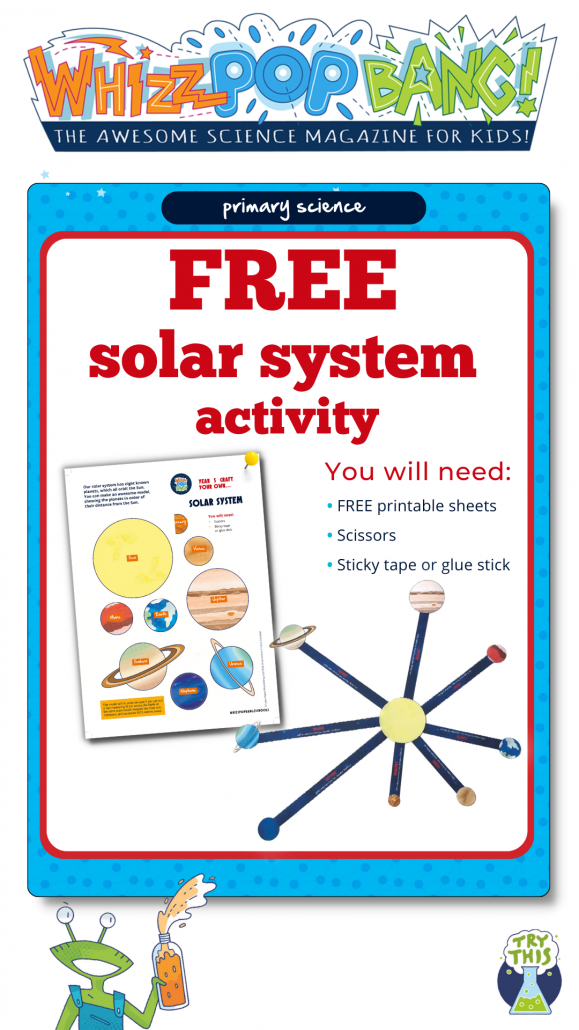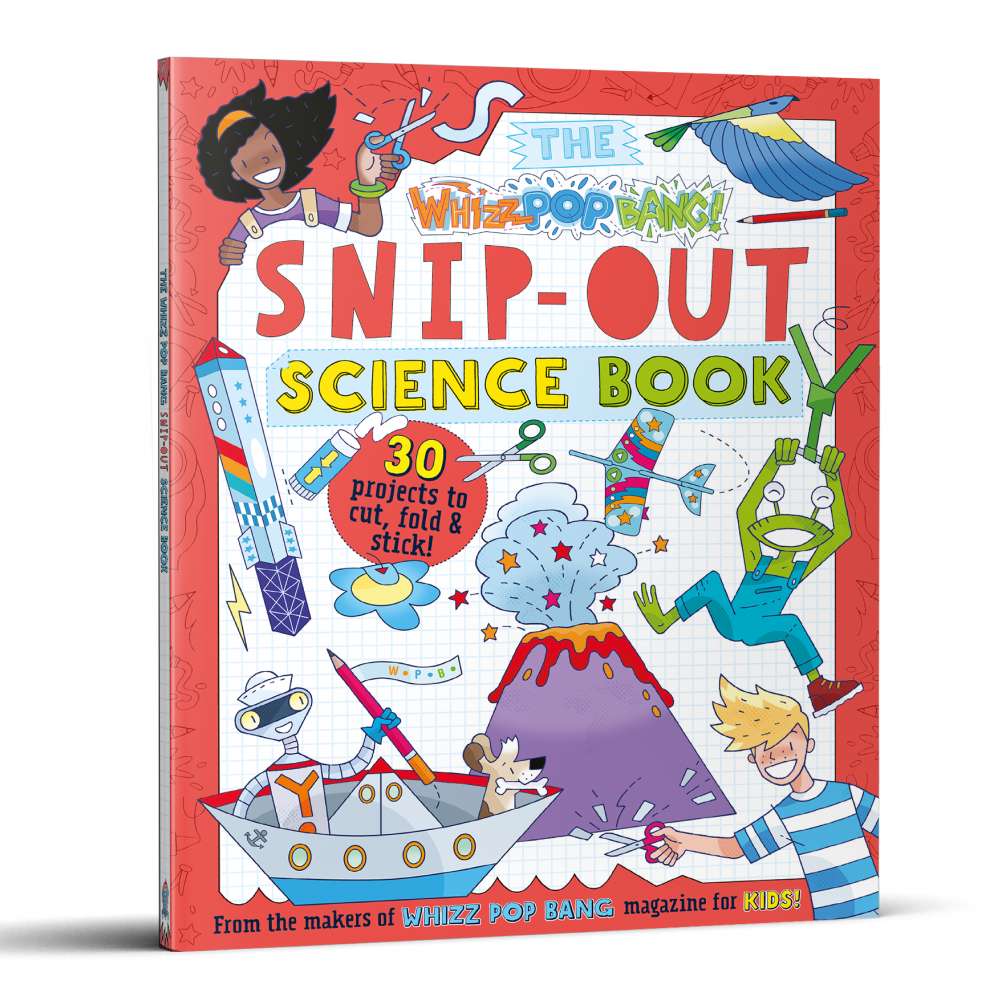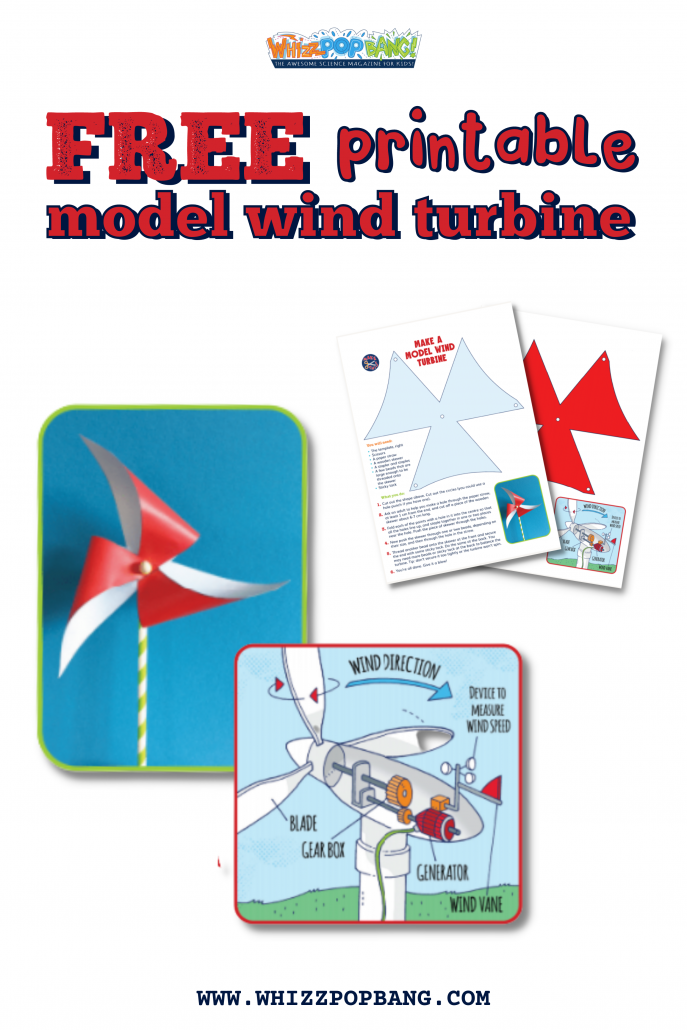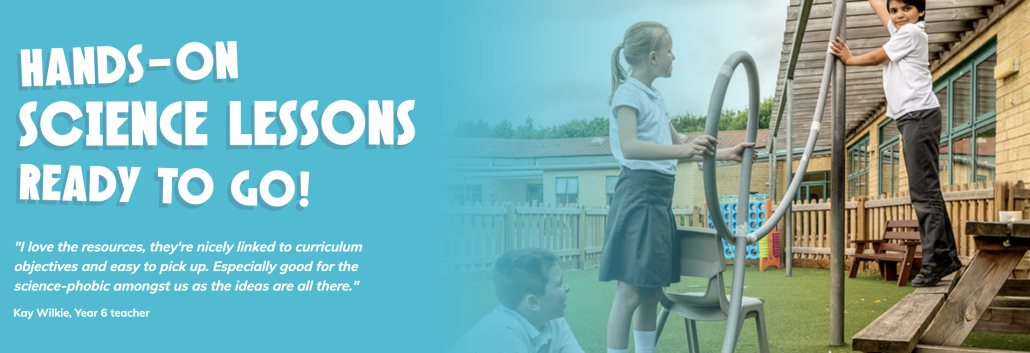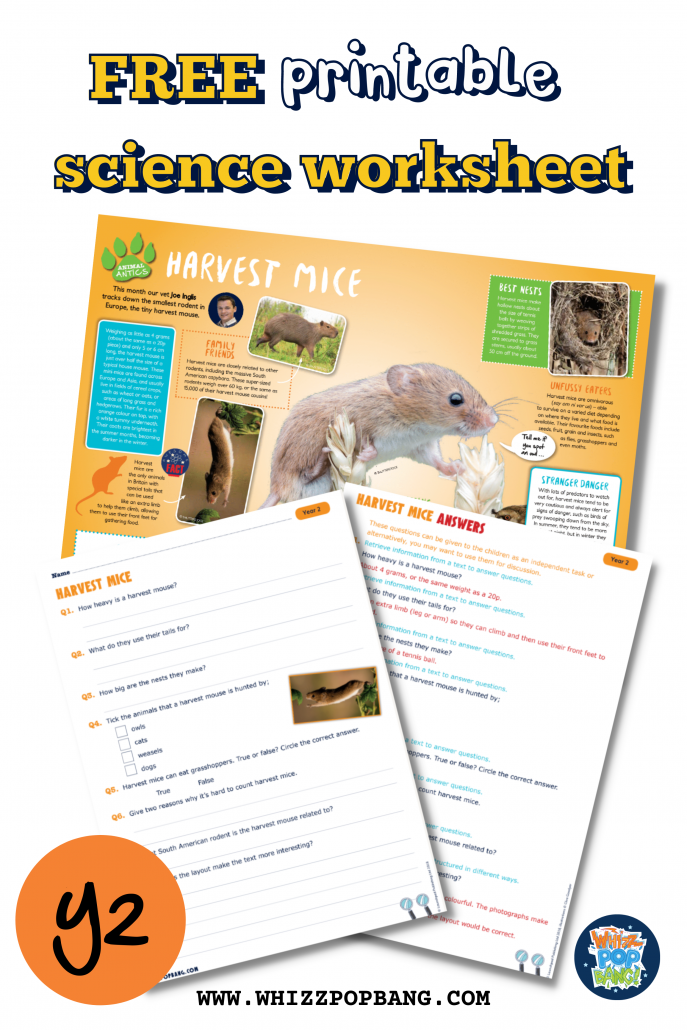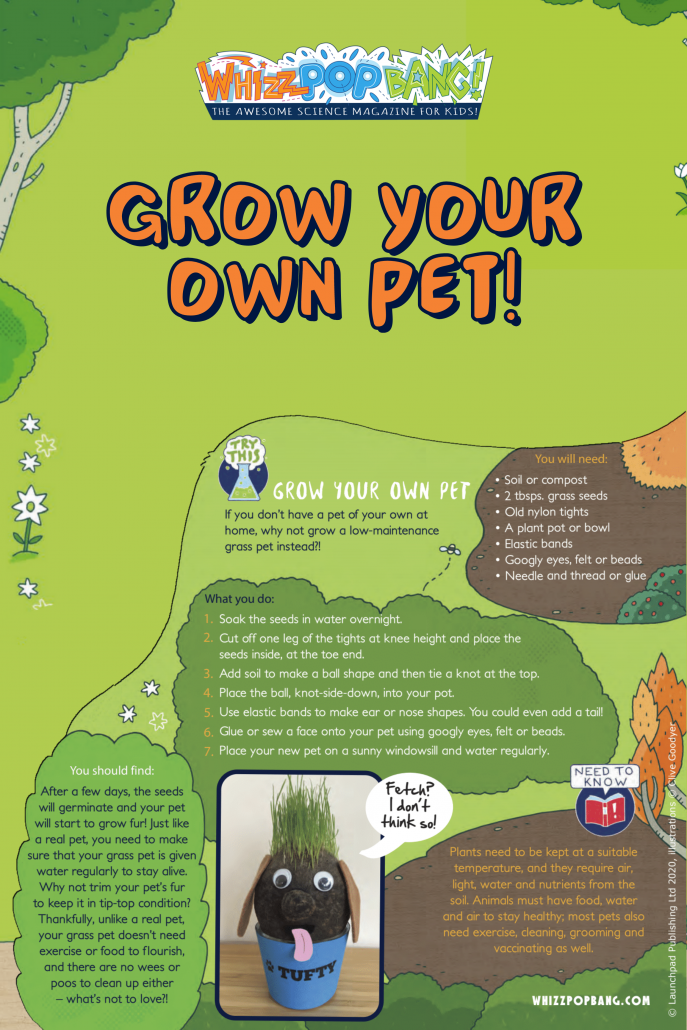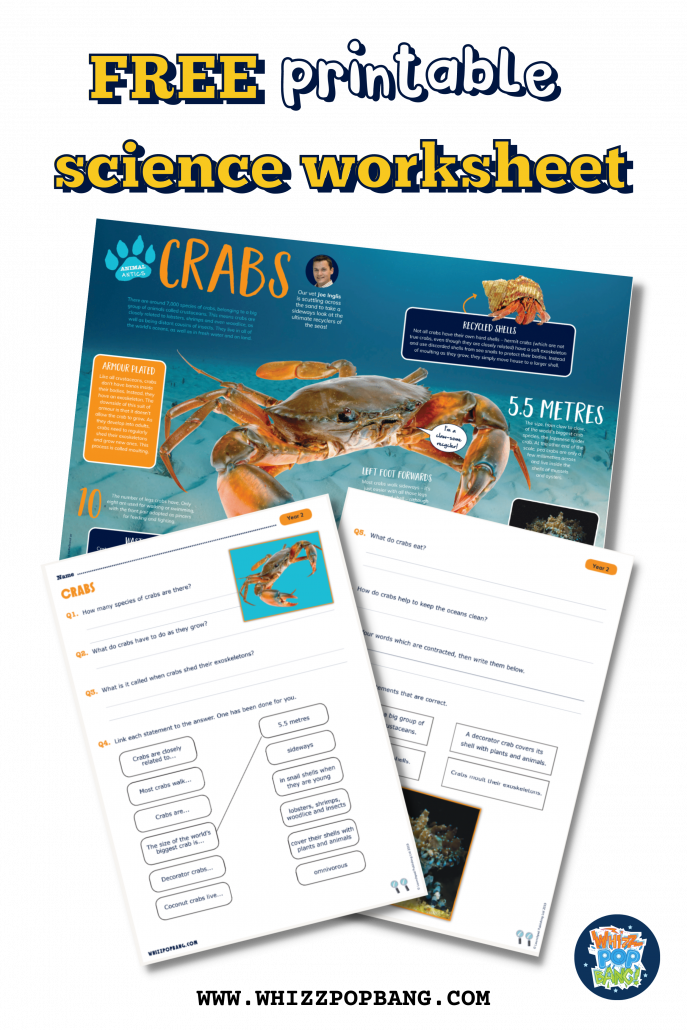With Easter just around the corner, we’ve put on our thinking bonnets and come up with the best Easter science experiments, bouncing bunny crafts and fun egg activities to share with you. These simple, exciting science experiments are a brilliant way to keep young brains whirring all year round!
1. Take Whizz Pop Bang’s Awesomely Amazing Science Quiz!
Round up the family, find some pens and paper and pop open a packet of chocolate eggs – it’s time to get quizz-ical with this Easter quiz! Suitable for children and adults alike, this quiz will get you wondering about the world’s largest eggs, rabbit anatomy, the science of chocolate and so much more.
2. Freeze fizzy eggs

This kitchen chemistry activity uses bicarbonate of soda (called baking soda on this site) and vinegar to create a fizzing reaction that is guaranteed to excite young scientists. Pop a small toy into an egg mould, fill with coloured water and a little bicarbonate of soda then put it in the freezer. Once frozen, use warm water and vinegar to set the toy free!
Head this way for the full instructions.
3. Craft a jumping bunny
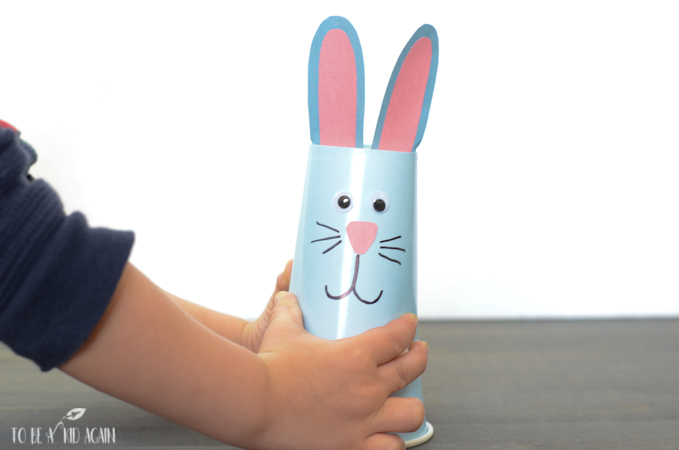
Turn two paper ups, an elastic band and some craft supplies into an Easter bunny that really bounces. Explore elasticity and forces with this fun Easter science activity!
Find out everything you need to know here.
4. Go on a spring flower hunt
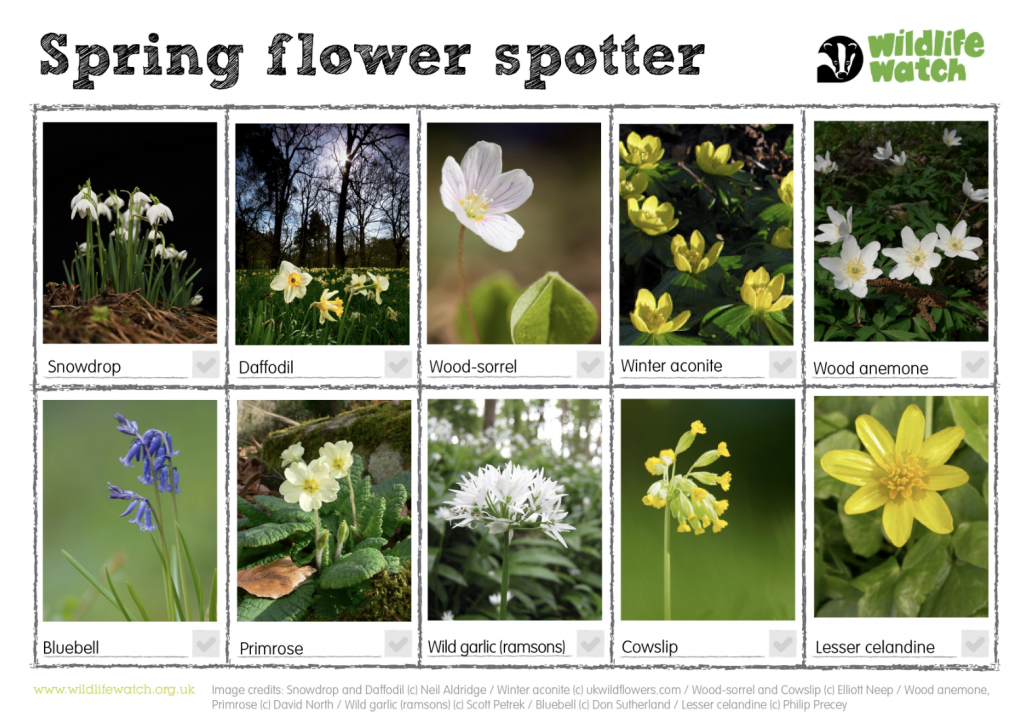
Do you know your celandine from your aconite? This printable treasure hunt is the perfect Easter holiday activity for all ages.
Find this nature quiz here.
5. Pick up Whizz Pop Bang’s Easter science booklet – for FREE!
Whizz Pop Bang’s Easter Eggs-periments booklet is packed with brilliant science activities, including…
🐣 Make dragon eggs
🐣 Grow egg geodes
🐣 Make a bunny bookmark
🐣 Puzzles
🐣 Crafts
🐣 Quiz questions
🐣 Jokes
And more! Best of all? It’s FREE!*
Buy anything from our online shop and we’ll send you a
FREE Easter Eggs-periments booklet!*To claim your free booklet, simply use the code EASTER23 when you purchase any product from the Whizz Pop Bang online shop.*
* Offer valid until midnight on 01.04.23 on Whizz Pop Bang products purchased using the coupon code EASTER23. Not valid in conjunction with any other offer. Orders will be dispatched by Royal Mail within two working days. We recommend ordering by 28.03.23 for delivery in time for Easter but cannot be responsible for any delays to delivery.
6. Make foaming Easter eggs
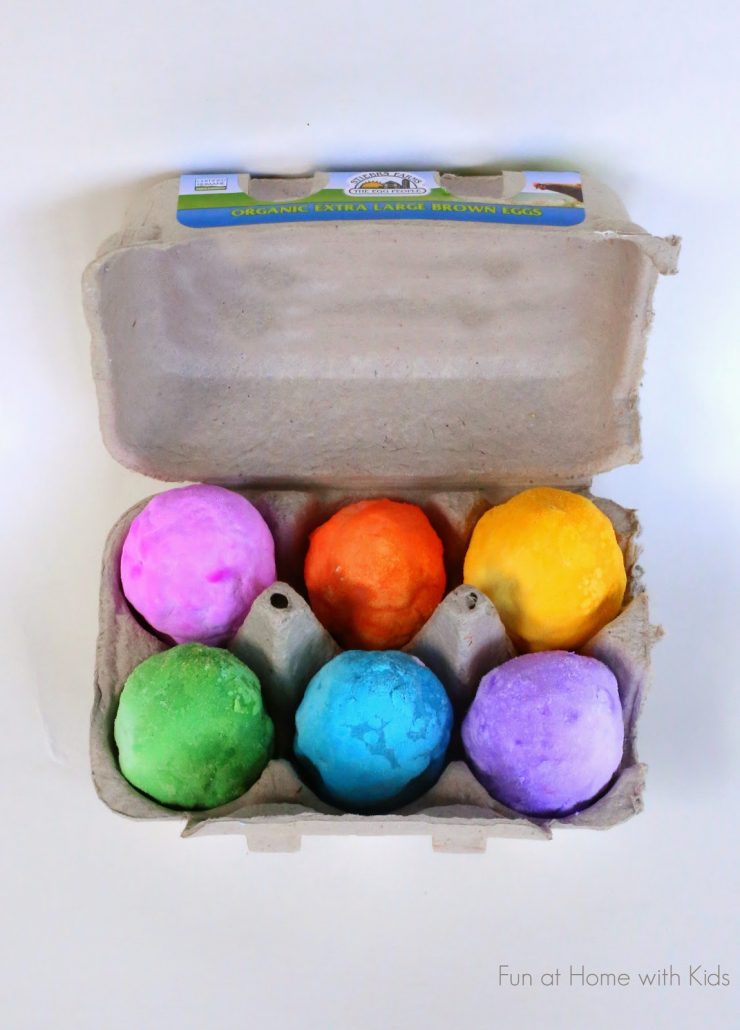
We can’t get enough of fizzy eggs at Easter! This blog post includes a brilliant foaming variation using washing up liquid.
Find out how to give it a try here.
7. Take a seasonal STEM challenge
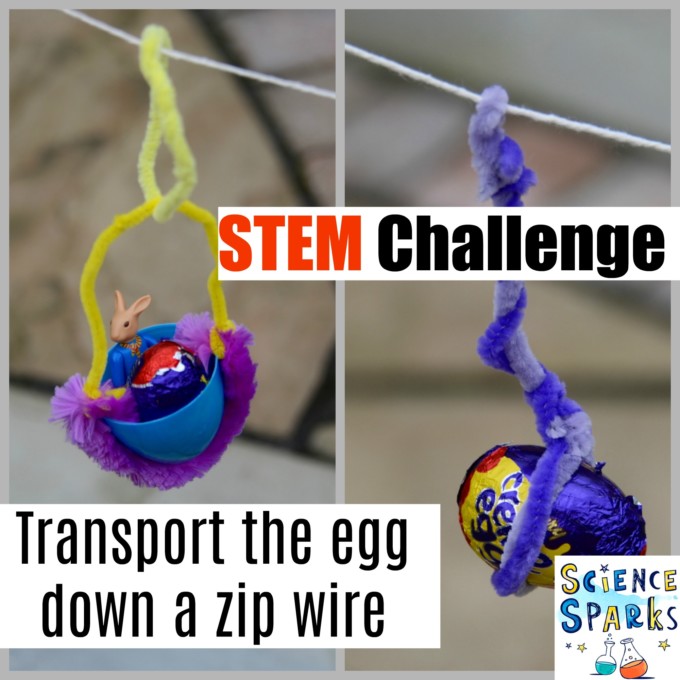
Our friends at Science Sparks challenge you to build a harness that can safely transport an egg (chocolate or chicken!) down a zip wire.
Are you up to the challenge?
8. Spring nature treasures
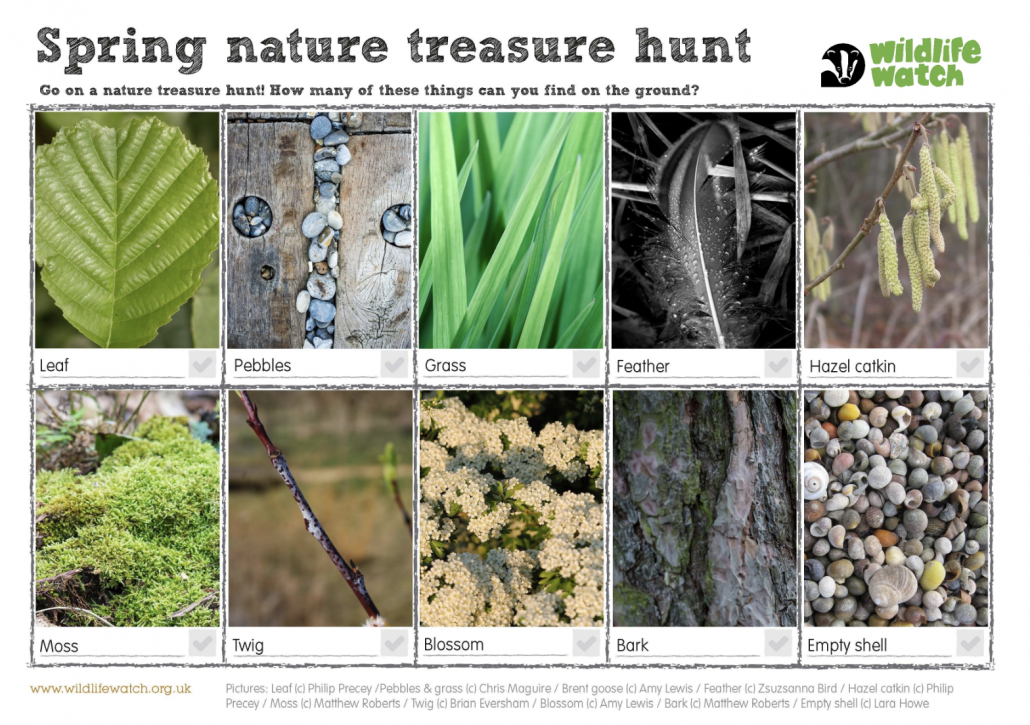
Transform a nature walk into a treasure hunt with another fab printable from Wildlife Watch.
Find this activity here.
9. Grow seeds in eggshells
Warmer days are on the way so it’s the ideal time to plant some seeds, start growing some food and see some amazing science in action!
10. Make a bendy carrot
Make like a rabbit and experiment with carrots! Investigate osmosis from your kitchen table using two simple ingredients: carrots and salt.
Want to explain osmosis to kids? Here goes…
Water moves from an area of low salt to an area of high salt – balancing the water on both sides.
In this experiment, when a carrot is placed in very salty water, it will be less salty than the area around it. This causes the water in the carrot to move out of the carrot and into the cup. The result is that the carrot becomes limp and tastes saltier than before.
PS We agree with the end of this video – don’t eat the salty carrots!

